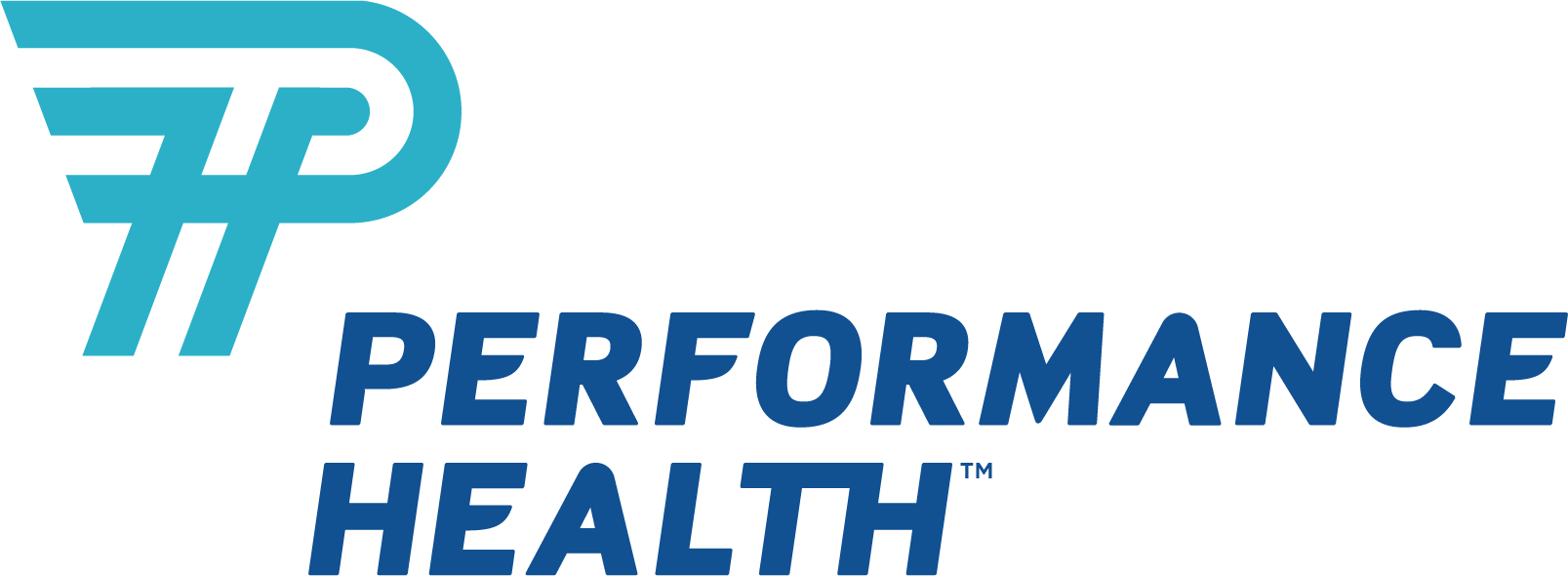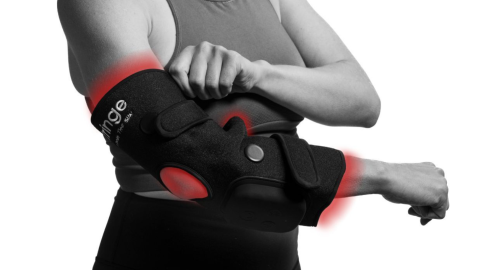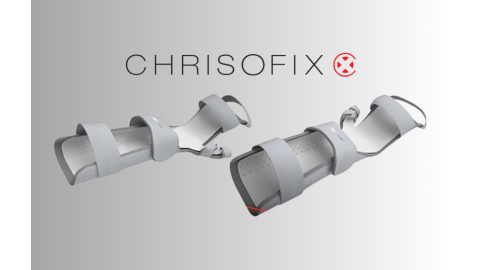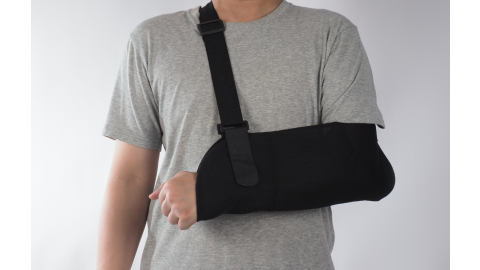Cerebral palsy (CP) is a disorder that causes problems with gait, posture, muscle tone, coordination and motor control (fine, gross, and oral). It is caused by damage or malformation to the areas of the brain that control motor function during fetal development. There are different levels of severity (mild, moderate, and severe) and it can affect different areas of the body.
4 Main Types of Cerebral Palsy
- Spastic (70% of cases)
- Caused by damage to the brain’s motor cortex
- Characterized by stiff, jerky movements and exaggerated reflexes
- Athetoid/dyskinetic (10%)
- Injury to the basal ganglia causes this type
- These children often have problems with involuntary movements (usually repetitive) and tremors
- Ataxic (10%)
- Damage to the cerebellum, part of the brain that connects to the spine, causes ataxic cerebral palsy
- Typical symptoms include a lack of coordination and balance
- Mixed (10%)
- When an individual exhibits symptoms of more than one type of CP
Aids for Cerebral Palsy
These items are great as adaptive aids for everyday activities. The different types of cerebral palsy mean that some aids are more helpful for one type while others are ideal for all children with CP.
Speech
- Improve speech impairments like dysarthria (a motor speech disorder where there is difficulty in controlling muscles used for speech)
- Oral sensory chews encourage early mouthing experiences and support the transition from midline tongue exploration to lateral jaw movement
- Facilitates the development of the masseter muscle, critical for mature speech production as well as biting and chewing skills
Other helpful tools might include picture boards or communication aids.
Dining
- Ideal for children with a weak grasp or who lack the fine motor skills needed to hold on to their silverware
- Encourages independent dining skills and lessens frustration while eating
- Use a EazyHold Universal Cuff to easily create a handle allowing your child to independently hold eating utensils, toothbrushes, pens, pencils, paint brushes, and more
- The silicone strap pack includes a variety of sizes so your child can continue to use the cuff throughout their teen and adult years
- Children with cerebral palsy can have difficulty controlling the muscles in their throat which can lead to dysphagia (difficulty swallowing)
- This cup has a nose cutout allowing kids to drink without tilting their head back
- This one is nice because it has two secure handles and is spill resistant
Positioning
Tumble Forms 2 Feeder Seat Positioner
- Good basic positioning alternative to the child’s wheelchair or stander
- Ideal for any short-term activity (including feeding) at home, clinic, or school
- A tray can be used for games and activities
- The Mobile Floor Sitter makes transporting your child easier and allows your child to build leg strength by moving themselves around using their feet and legs
Bathing
Tumble Forms Starfish Bath Chair
- Adjustable back and leg supports offer a variety of angled positions to best suit your needs
- Hip and chest belts help keep your child in place while washing
- Four sizes accommodate kids from the youngest child through teens
Treatment
Cerebral palsy is often treated using speech, physical, and occupational therapy. Therapy work can be continued at home with a few simple tools.
Occupational therapy works on practicing daily tasks through play and learning. This includes fine motor skills like eating or picking up small objects. Dressing Frame Sets or Children’s Manual Dexterity Vests are great for practicing basic dressing skills while Bead Sequencing Sets build fine motor skills.
Speech therapy focuses on improving communication, eating, and swallowing skills. The P’s + Q’s described earlier are great for oral development.
Physical therapy improves mobility, balance, flexibility, and gross motor skills. Rolyan Energizing Exercise Balls can help improve balance through motor training.
Aids for children with cerebral palsy (and their parents) can make daily tasks like eating, bathing, and positioning easier. These skills can be further improved through therapy and follow-up work at home to maximize independence.
References
What is Cerebral Palsy? (2017, February 21). Retrieved from https://bit.ly/2bAgs8Q
Medical Disclaimer: The information provided on this site, including text, graphics, images and other material, are for informational purposes only and are not intended to substitute for professional medical advice, diagnosis or treatment. Always seek the advice of your physician or other healthcare professional with any questions or concerns you may have regarding your condition.








 France
France Australia
Australia










